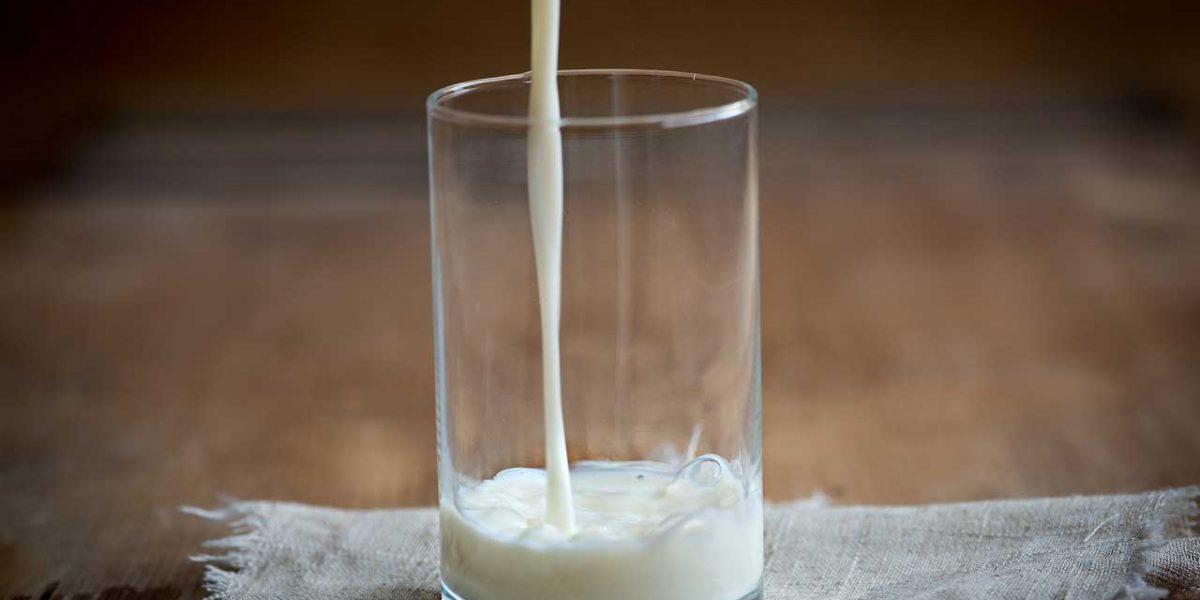
Which milk alternative is the most nutritious?
Which milk alternative is more nutritious: almond, soy, coconut or cashew?
“It varies based on the company,” said Sara Haas, a dietitian speaking on behalf of the Academy of Nutrition and Dietetics. “I encourage people to be label readers.”

Vegans and others may prefer to drink a plant-based milk alternative over milk that comes from animals for a variety of reasons. But in terms of nutritional content, a recent study in the Journal of Pediatric Gastroenterology and Nutrition confirmed that plant-based beverages vary widely in their nutritional profiles, and the authors recommended that young children drink cow’s milk unless there is a medical reason they cannot.
An eight-ounce glass of cow’s milk naturally contains about eight grams of protein and almost a third of the recommended Percent Daily Value of calcium. Cow’s milk also naturally contains nutrients like potassium and vitamin B12. Cow’s milk is also usually fortified with vitamins A and D.
Nutritionally, the four plant-based milks noted pale in comparison. Except for soy milk, none of these milks contain more than a gram of protein unless they’re fortified.
Soy beverages often contain as much protein as cow’s milk but no calcium (though many soy beverages are artificially fortified with calcium). Westsoy organic unsweetened plain soy milk, for example, contains no added ingredients, only water and organic soybeans; it has nine grams of protein but no calcium. It also has five grams of fat, compared to zero calories from fat in skim milk.
Of the four, coconut milks may be the least nutritious, with no protein or one gram of protein and typically only small amounts of added calcium.
While whole nuts like almonds and cashews are loaded with protein and almonds are rich in calcium, these nutrients are all but lost during the processing of these nut beverages, which contain a lot of water.
To boost the nutrient profile of these beverages, some manufacturers fortify them, adding pea protein or rice protein to raise the protein count, calcium phosphate or calcium carbonate to increase the calcium, and vitamins. (Added ingredients are listed on the label at the bottom of the nutrition facts box.)
But scientists debate whether these added nutrients are absorbed and used as efficiently by the body as nutrients that are naturally present in foods.
The calcium in cow’s milk is inherent to the milk and may be better absorbed. “Cow’s milk contains lactose and casein, which help increase the absorption of calcium, and calcium helps absorb vitamin D,” said Sina Gallo, an assistant professor of nutrition and food studies at George Mason University. “There’s synergy between all the nutrients; they all work together.”
The amount of vitamin D in plant beverages varies, and a 2014 study of 2,831 children found that those who drank non-cow’s milk beverages had lower blood levels of vitamin D than those who drank cow’s milk.
There are other additives in plant-based beverages to consider as well. Ingredients like guar gum, xanthan gum or carrageenan are often added to enhance palatability and give the plant-based beverages a creamier, more velvety “mouth feel.” Some of these additives have been tied to allergic reactions or digestive problems, and the F.D.A. has warned against giving anything containing xanthan gum to infants.
Fat content, sugar and other sweeteners and calorie counts also vary considerably from product to product and may be quite high in flavored plant-based beverages, as they would be in chocolate or full-fat cow’s milk.
Article and image sourced from NY Times.
